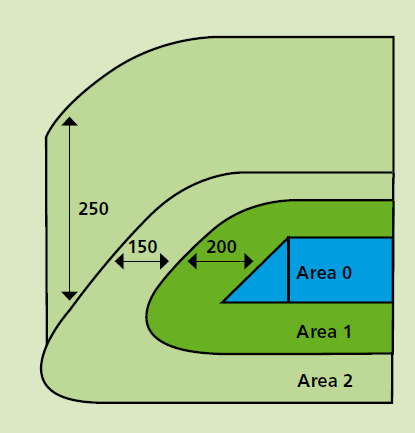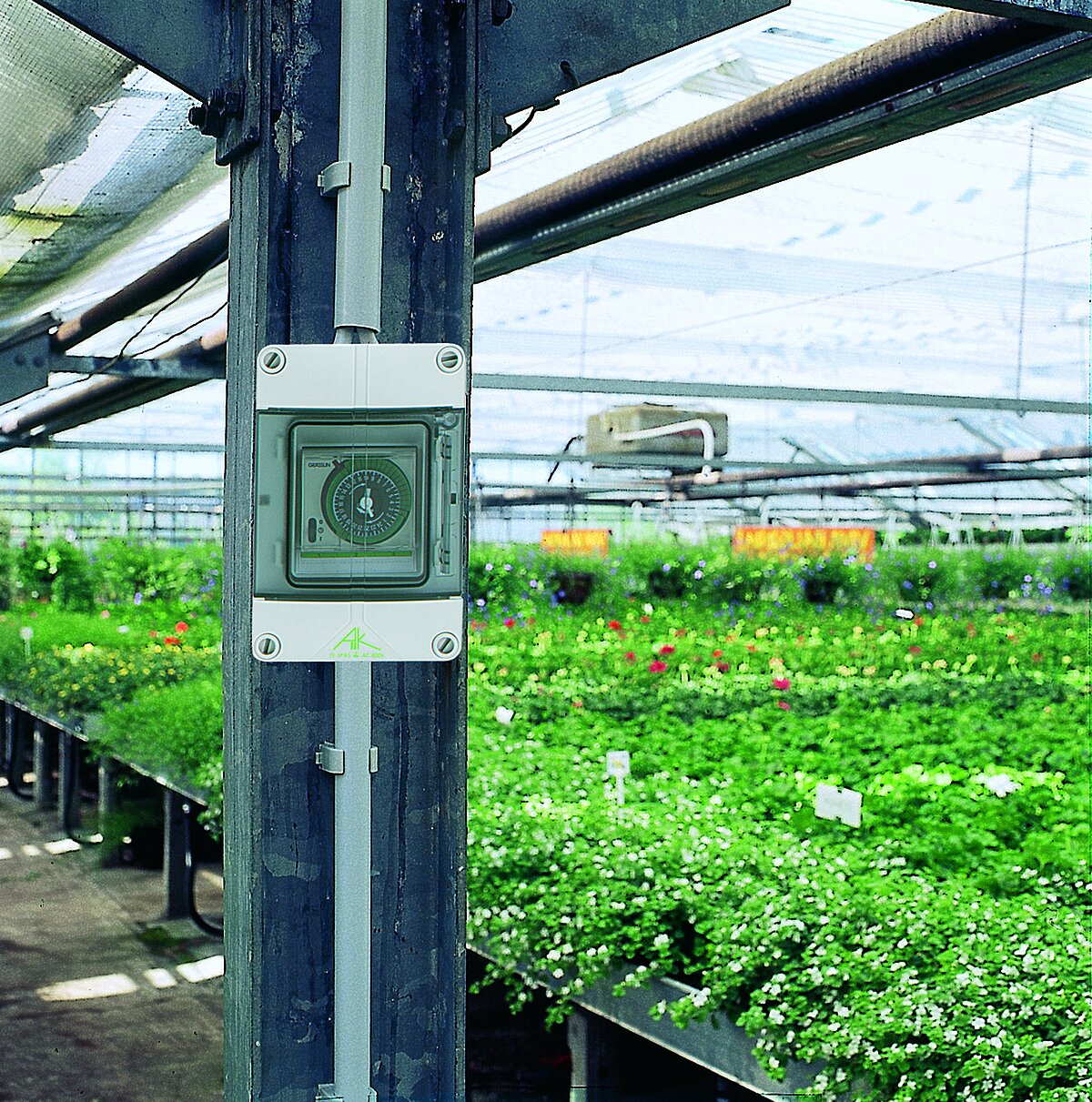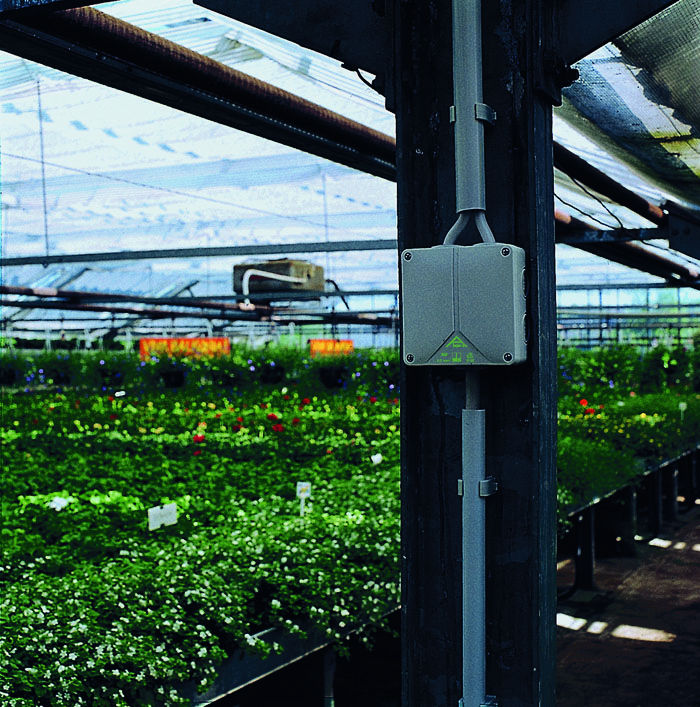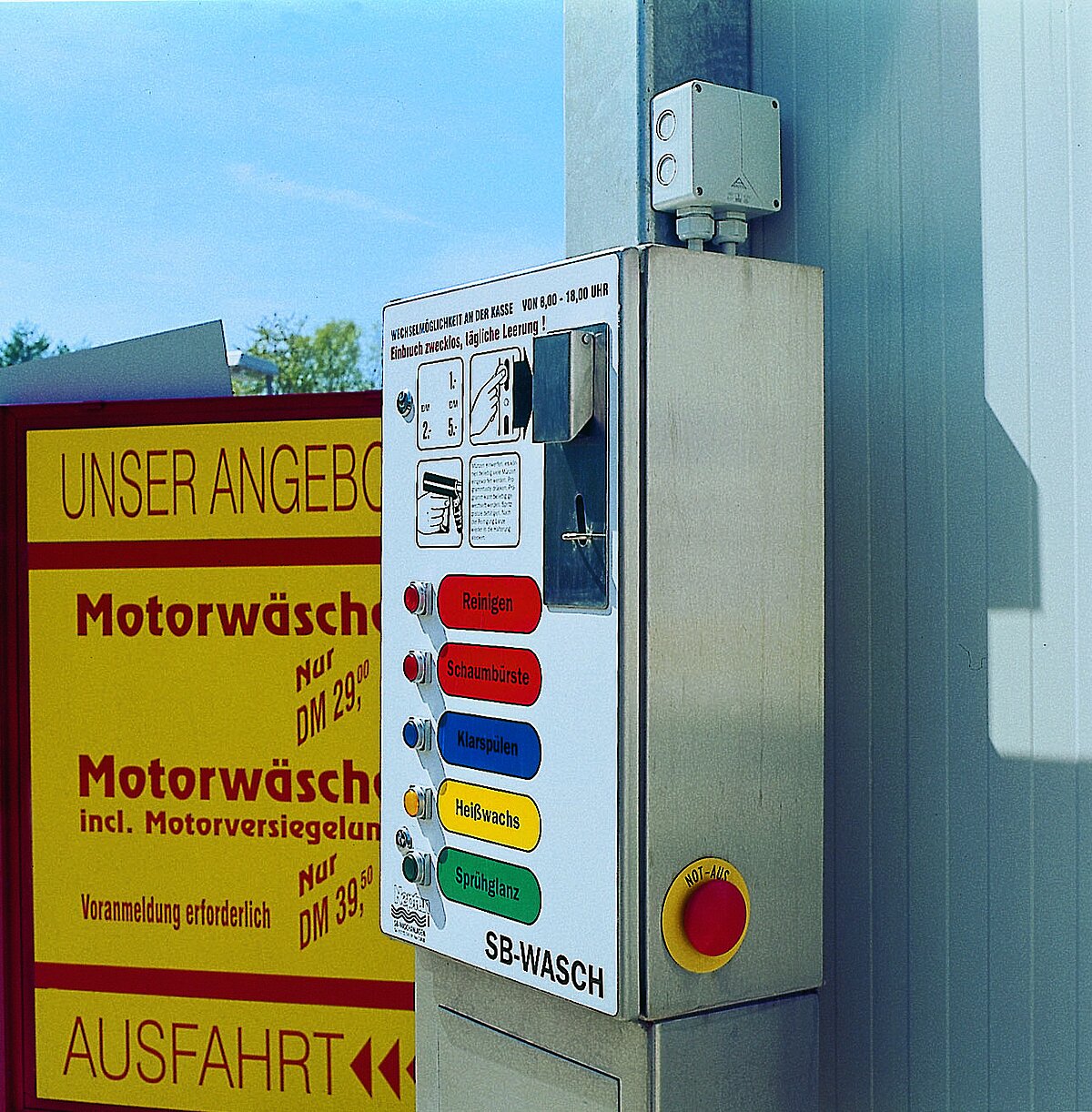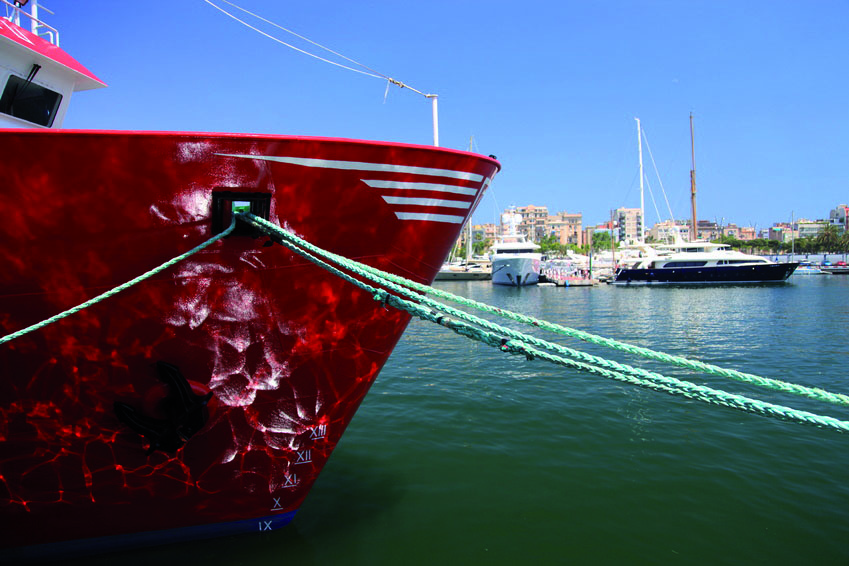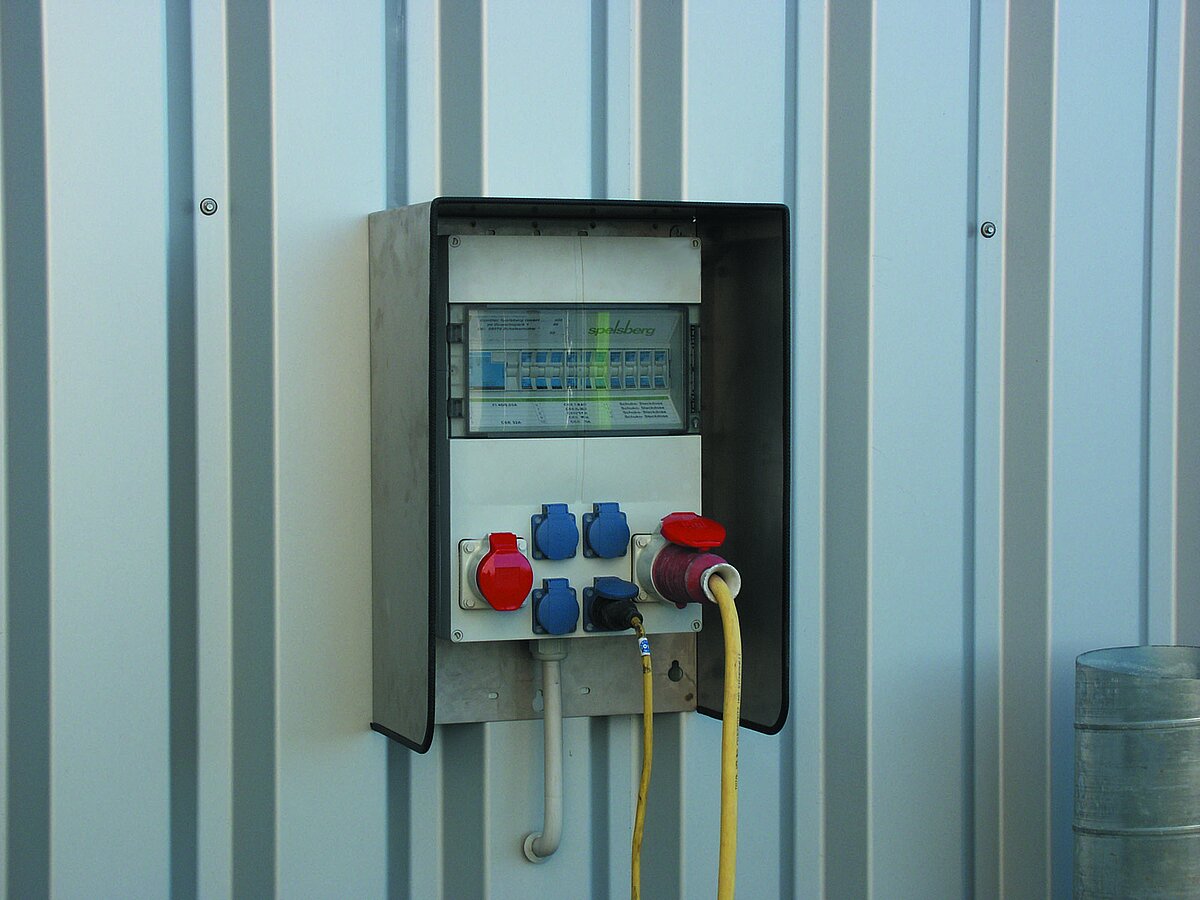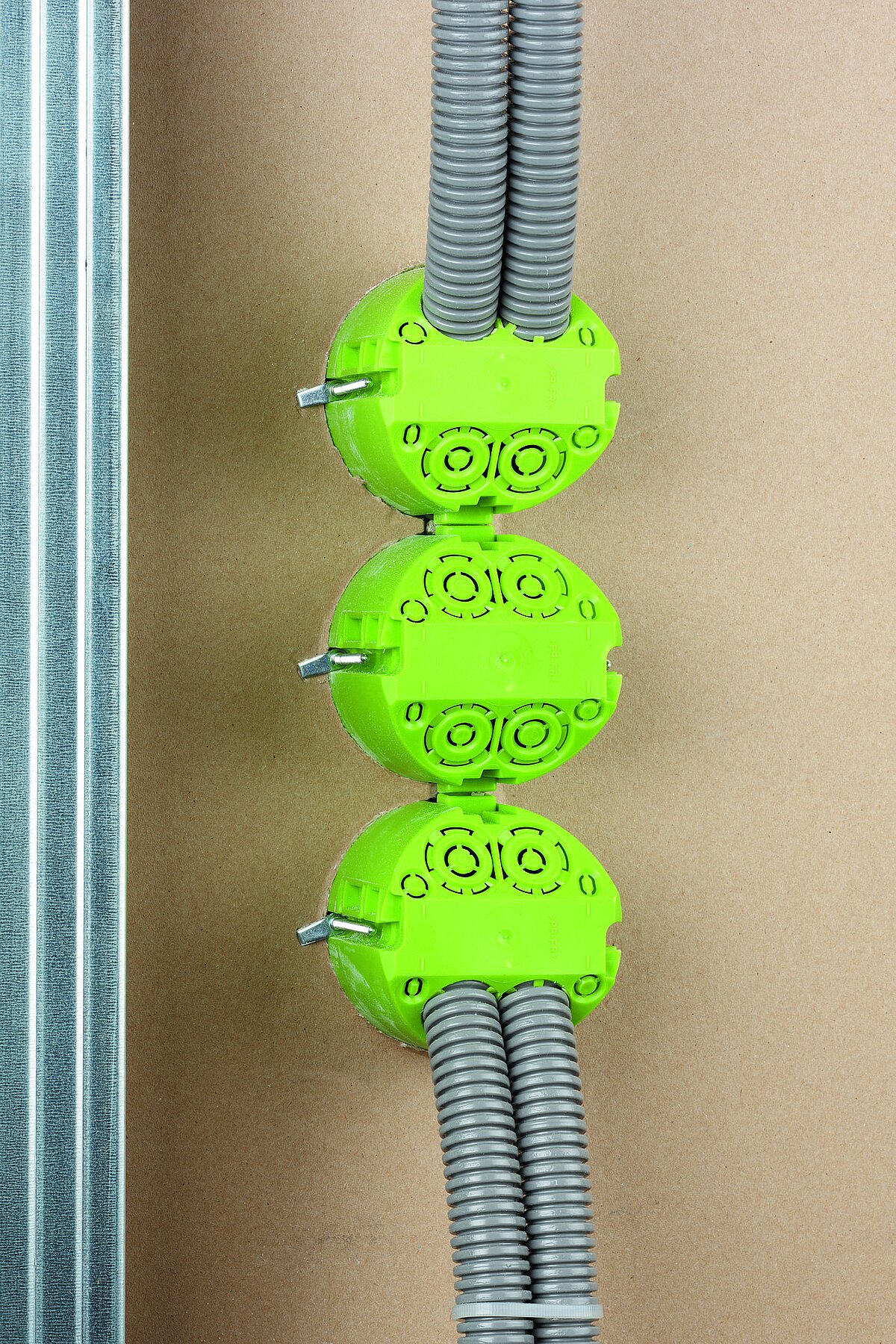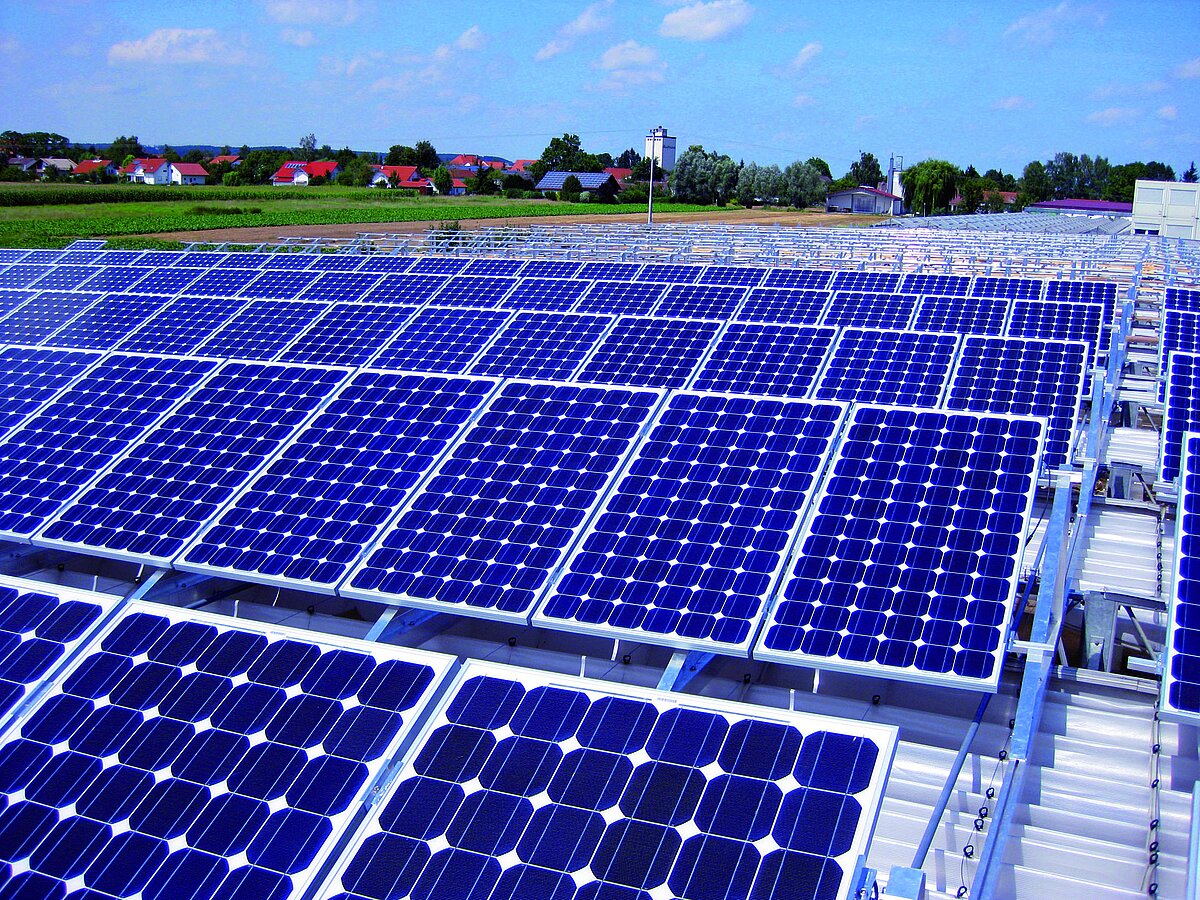Important protection requirements:
The following shut-off equipment should be provided in circuits, regardless of which systems,
depending on the type of earth connection:
- In end circuits with sockets, a fault-current circuit breaker (RCD1) with a trip current = 30 mA
- In all other circuits, excluding those that supply distributors, fault-current circuit breakers (RCD1) with a trip current = 300 mA.
Fault-current circuit breakers (RCD) with a trip current = 300 mA must be set up for fire protection. The fault-current circuit breakers (RCD) must disconnect all live conductors. In cases where improved maintenance of supply is required, these fault-current circuit breakers (RCD) must comply with design type S or disconnect with a time delay. I
n areas where there is a risk of fire, conductors for low-voltage circuits must either be supplied with covers or sheathing with protection rating IPXXD or IP4X or be supplied with sheathing made from insulating material in addition to their basic protection insulation. Particularly suitable: STV, Abox, Abox-i, the AK, AKi, GTi, TK-PC and TG-PC housing system.
RCD = Residual Current Device

![[Translate to English - Great Britain:] i16](/media/_processed_/2/a/csm_K18_f35e9729e3.jpg)
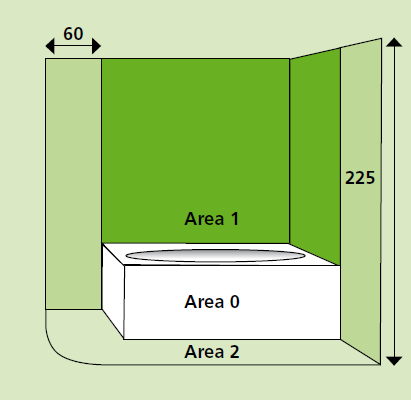
![[Translate to English - Great Britain:] Bathroom](/media/redaktion/Service/Technische_Informationen/Fotolia_26977087_XS.jpg)
